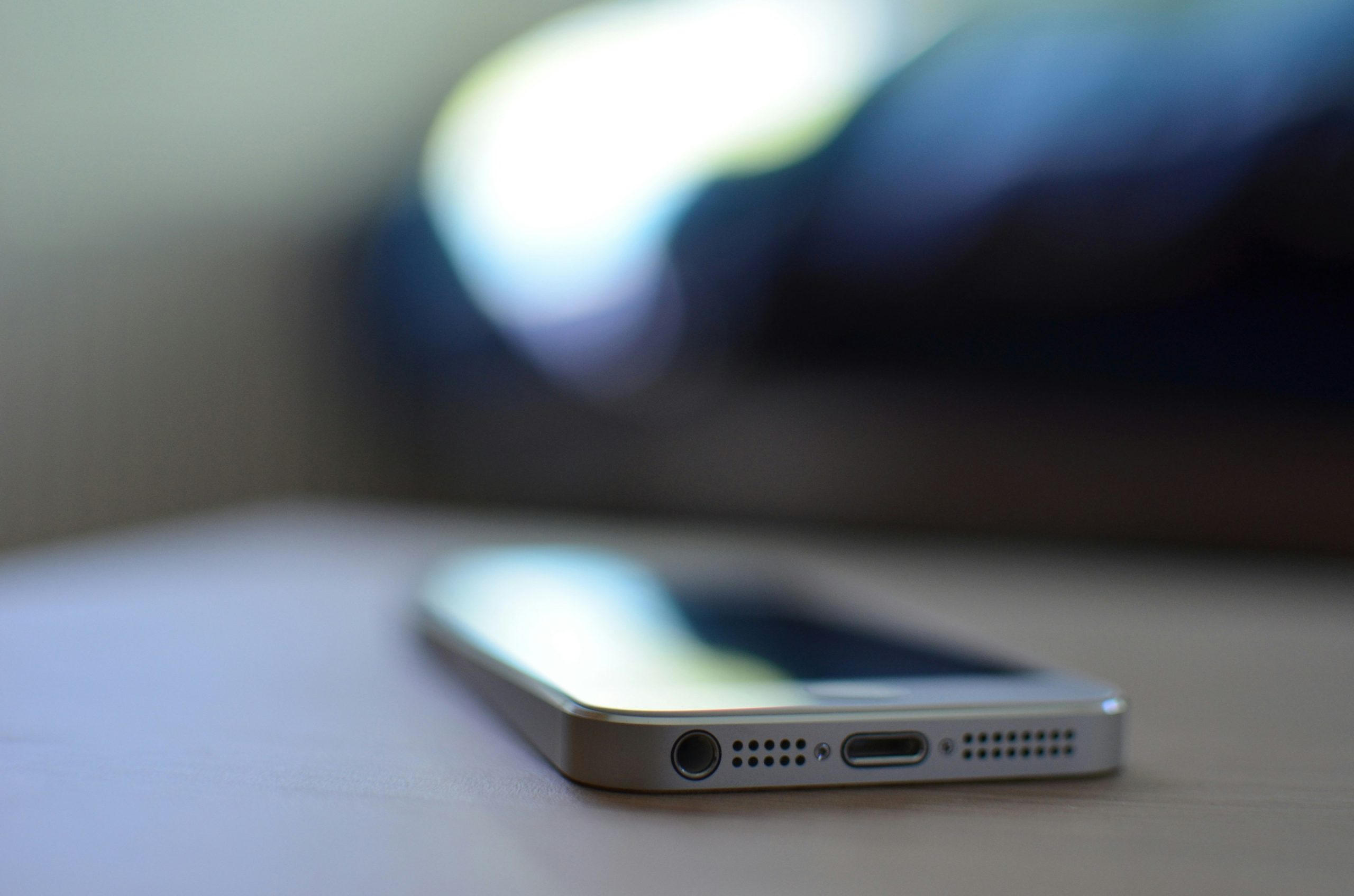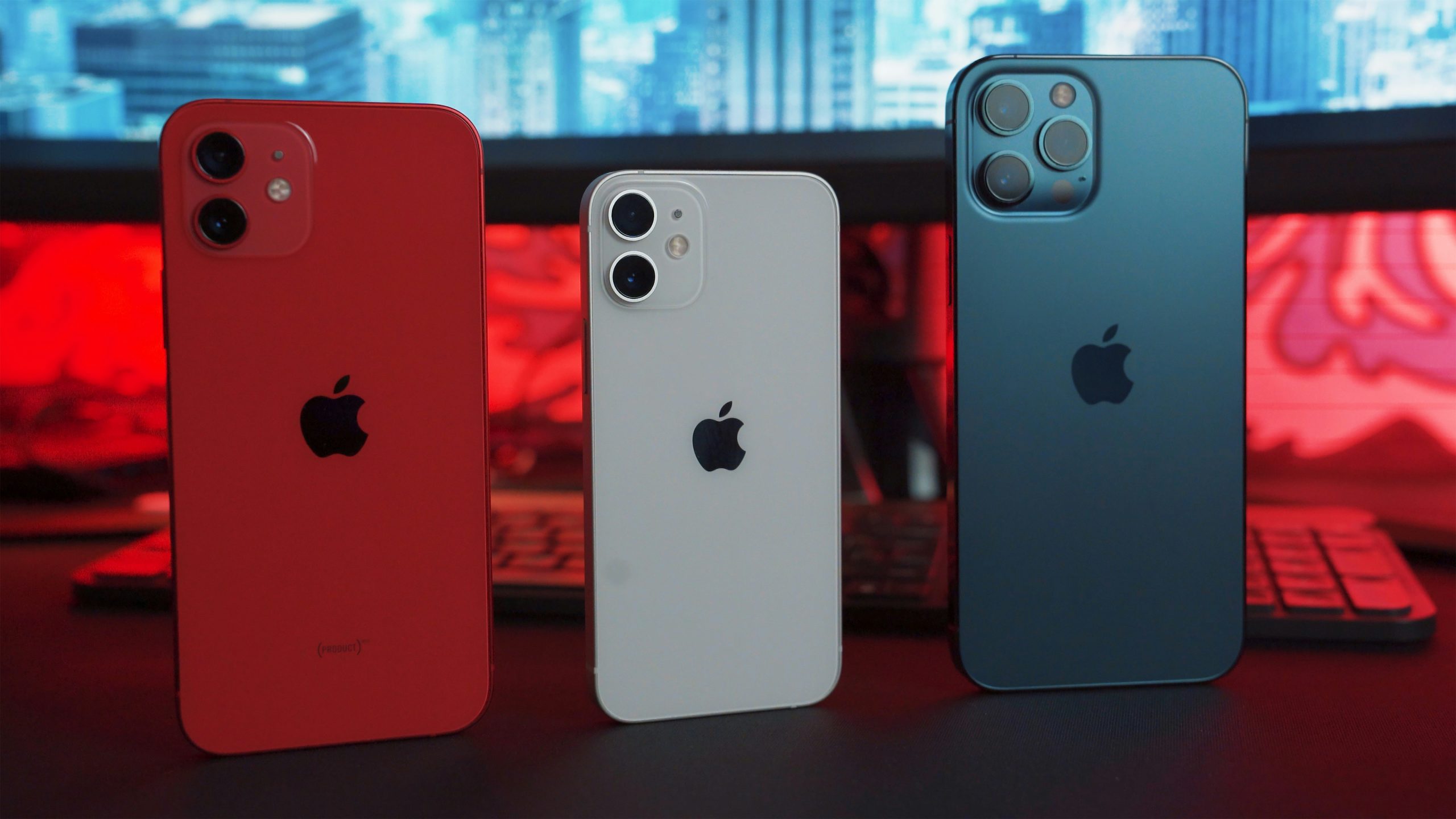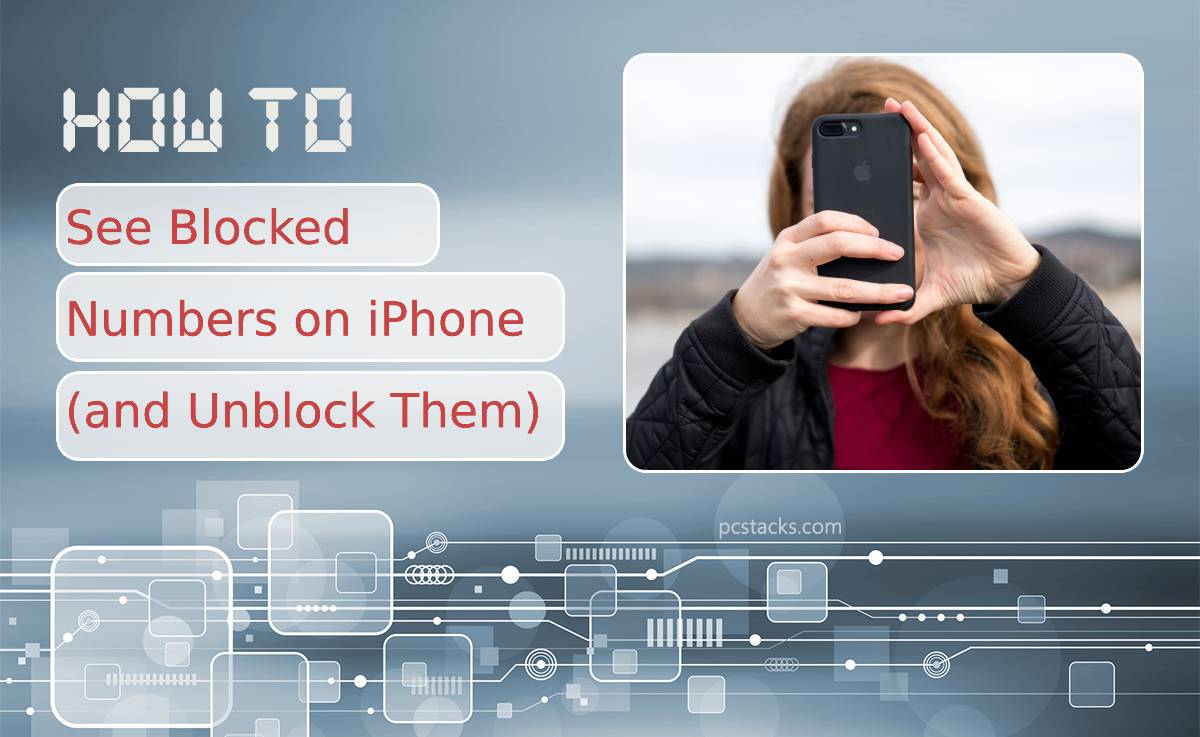In a world where communication thrives on the tap of a screen, nothing can be more frustrating than missing out on important calls or messages from numbers you didn’t even know were blocked. Whether it’s an old friend trying to reconnect, or an important work contact that slipped through the cracks, discovering how to see blocked numbers on your iPhone could unlock a treasure trove of missed connections. But fear not—this isn’t just about unblocking someone; it’s about reclaiming your communication landscape and ensuring you stay connected with those who matter.
Imagine scrolling through your contacts and realizing there are individuals whose voices have been silenced by mere clicks. Perhaps you’ve accidentally hit ‘block’ in a moment of annoyance or removed someone during spring cleaning of your digital life. In this article, we’ll delve into the straightforward steps to uncover these hidden numbers and restore those lost connections—all while wielding the power to control who gets back in touch with you. So if you’re ready to take charge of your iPhone’s contact list and rediscover what’s been tucked away, let’s get started!
Table of Contents
What Does Blocking a Number Do?
Blocking a number on your iPhone can be a powerful tool for reclaiming your peace of mind. When you choose to block someone, that number is effectively cut off from contacting you via calls, texts, or FaceTime. This means no annoying spam calls or unwanted messages will disrupt your day-to-day life, creating an oasis of digital tranquility in an otherwise chaotic communication landscape. Even more intriguingly, the blocked caller won’t receive any notification that they’ve been blocked; their attempts to reach you vanish into the void without a trace.
But blocking doesn’t just stop irritants; it can also foster healthier relationships and emotional well-being. By eliminating negative interactions, users often find they can better focus on meaningful connections with friends and family. Moreover, when you revisit your list of blocked numbers—perhaps during moments of reflection—you may gain insight into past relationships or conflicts you’ve grown beyond. In this way, blocking becomes more than merely turning away unwanted noise; it transforms how we curate our social environments and protect our mental health in an increasingly connected world.

How to View Blocked Numbers List
To view your blocked numbers on an iPhone, navigate to the Settings app, which is your gateway to personalizing every aspect of your device. Once inside Settings, scroll down and select Phone, then tap on Blocked Contacts. This section provides a straightforward list of all the numbers you’ve chosen to block, helping you maintain control over your communication. The simplicity of this process emphasizes Apple’s user-friendly approach, making it easier for users to protect themselves from unwanted distractions.
However, reviewing your blocked numbers offers more than just a way to clean up spam; it can also be an opportunity for reflection. Perhaps there are contacts that might warrant reconsideration—ex-friends or old acquaintances who inadvertently fell into the blocked category. By revisiting this list periodically, you ensure that you’re not permanently severing ties within personal or professional networks without due consideration. Plus, it allows you to keep track of any persistent numbers that resurface in case new issues arise in the future.
Steps to Unblock a Number
Unblocking a number on your iPhone is a straightforward process, but sometimes it feels like navigating a digital maze. To begin, open your Settings app and scroll down to find Phone. Tapping on this option will lead you to the “Call Blocking & Identification” section, where all blocked numbers are neatly listed. Here, you’ll see which contacts have been silenced from reaching you; simply swipe left on the number you wish to unblock and tap “Unblock.”
But unblocking isn’t just about reestablishing communication; it’s also an opportunity to reconnect and rebuild relationships that might have felt strained. Imagine finding out someone significant has been trying to reach out during crucial moments in your life! Once you’ve unblocked them, consider sending a quick message or making that first call yourself—it can be a powerful step in mending fences or reigniting friendships. By thoughtfully curating who gets access to your attention, you not only streamline your communications but also return control over how and when you’re contacted.

Notifications for Incoming Calls from Blocked Numbers
When it comes to managing unwanted communications, blocking numbers is just the initial step. One feature that often goes unnoticed is the handling of notifications for incoming calls from blocked numbers. While your iPhone effectively prevents these calls from ringing through, it’s important to understand that you may still receive silent notifications or alerts. This can be a double-edged sword; on one hand, it keeps your peace intact, but on the other hand, the mere presence of these notifications can occasionally spark curiosity about who was trying to reach you and why.
Interestingly, some users discover that they are curious enough to delve deeper into their call history for insights into blocked numbers they may want to reconsider unblocking in the future. When you examine this data closely—like missed calls or attempted contacts—you get a window into past interactions that might have provoked such drastic measures as blocking them in the first place. This reevaluation could lead you to interesting revelations about relationships or circumstances you’d previously dismissed altogether.
Moreover, certain third-party apps even allow for more refined control over how and when you’re notified about blocked callers. These tools not only provide options for ignoring notifications entirely but also let you categorize them based on urgency or relevance. In a digital age overflowing with contact options and communication methods, taking advantage of these features allows you not just to guard your peace but also empowers you with greater insight into who—or what—you’re missing out on by keeping those lines closed permanently.
Using Third-Party Apps for Management
When it comes to managing blocked numbers on your iPhone, third-party apps can be game-changers. Unlike built-in settings that only provide basic functions, these specialized applications can elevate your experience by offering advanced features like detailed call logs and automatic blocking of spam calls. This means not only can you unblock numbers more efficiently, but you also gain added protection from unwanted interruptions.
Moreover, some apps come with integrated contact management tools that help streamline your phone’s operations. You might discover the ability to categorize contacts or filter calls based on custom criteria; this way, you’re not just passively managing blocks—you’re proactively curating your communication. With user-friendly interfaces and robust support options, these third-party solutions often make the process far less daunting than navigating system settings alone. By leveraging such tools, you regain control over who reaches out while enhancing overall phone security and usability.

Conclusion: Easily Manage Your Blocked Contacts
In today’s fast-paced digital world, managing your communications effectively is key to fostering meaningful connections. Unblocking a contact on your iPhone doesn’t just open the door for their messages; it provides an opportunity to rebuild relationships that may have frayed over time. Taking the step to re-engage can often lead to renewed understanding and collaboration. Remember, it’s not just about the numbers—it’s about enhancing the quality of your interactions.
Moreover, regularly reviewing your blocked contacts lets you reassess who deserves a spot in your life. People change, circumstances shift, and sometimes those we once needed distance from become allies again. By occasionally revisiting this list, you ensure that your communication channels remain aligned with your current needs and values. In a world where genuine connections are rare yet invaluable, this practice empowers you to cultivate richer relationships at every turn.




